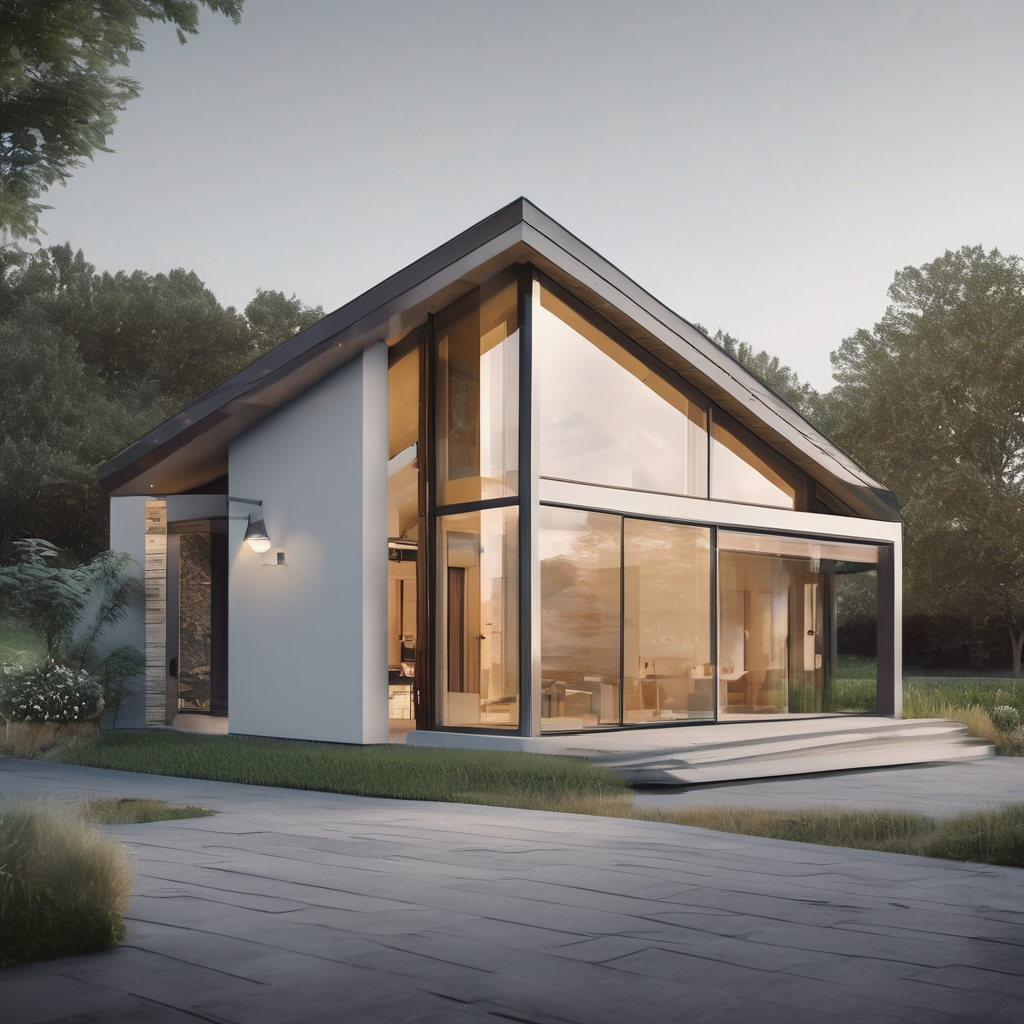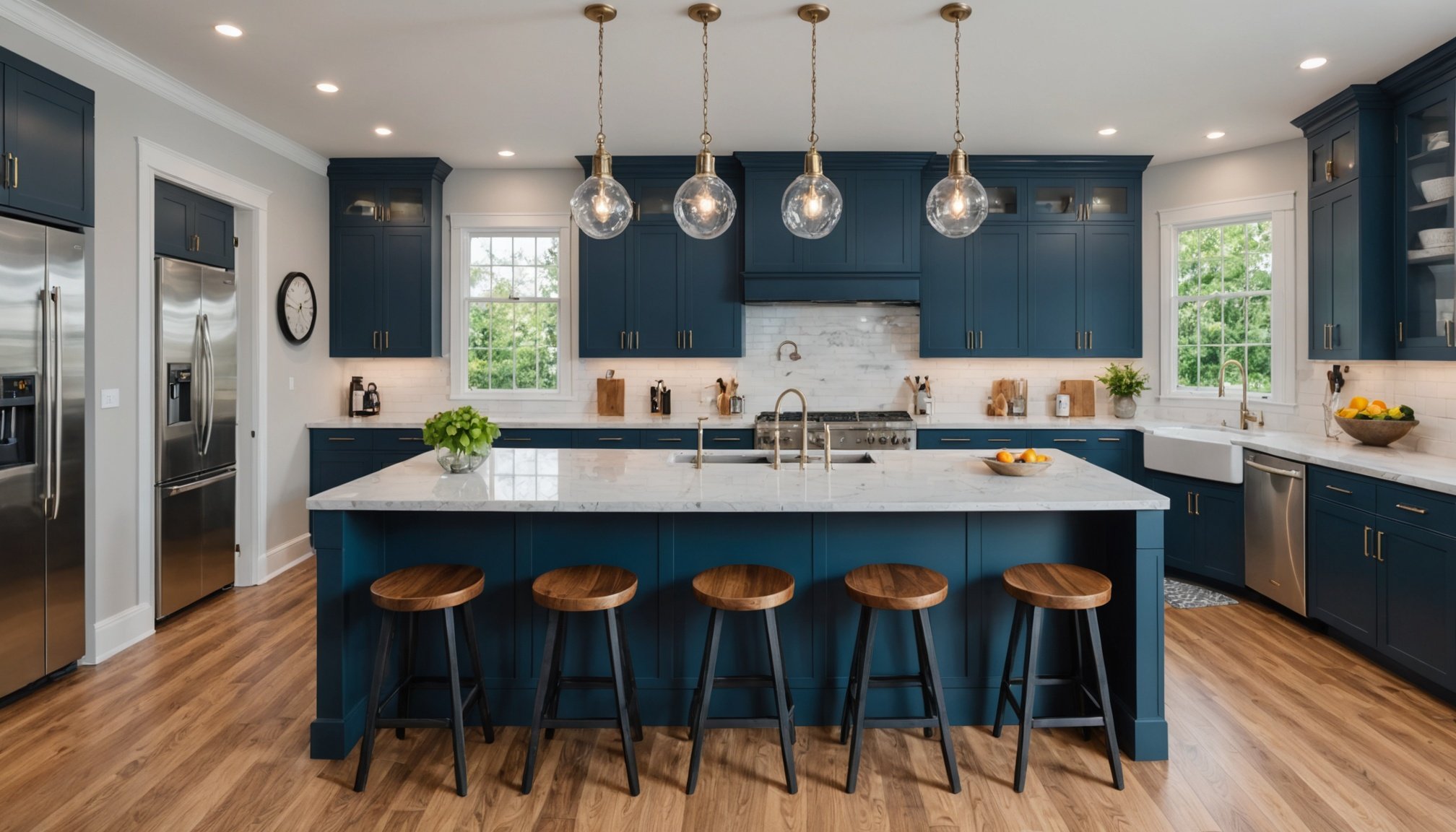Quick insights: The relationship between home design trends and property market value
Understanding the impact of aesthetics on real estate value
Current home design trends play a pivotal role in shaping the property market value. Buyers increasingly seek modern features that blend functionality with style. For example, open floor plans, energy-efficient appliances, and smart home integrations are not just popular preferences but have a measurable impact of trends on resale prices.
Also read : How Can We Maximize Space in a UK Home?
Consumer demand leans towards homes that reflect contemporary tastes, meaning outdated designs can suppress a property’s market appeal. This dynamic directly affects real estate value: homes aligned with trending styles often command higher offers and sell faster. In contrast, properties ignoring these shifts may face longer selling periods or require price reductions.
The influence of consumer preferences extends beyond aesthetics alone; environmentally friendly materials and sustainable designs now contribute positively to property market value. This indicates a growing awareness of long-term benefits alongside immediate visual appeal.
Also to read : What Are the Common Mistakes to Avoid When Searching for a Home in the UK?
By understanding these evolving home design trends, sellers and investors can better position their properties to maximize returns. Incorporating current design elements is not merely a decorative choice—it strategically enhances a home’s marketability and value in today’s competitive real estate environment.
Popular home design trends that boost market value
When considering home design trends, focusing on upgrades with high resale value is essential. Modern kitchens remain a top priority for buyers. Features like quartz countertops, stainless steel appliances, and smart kitchen gadgets not only enhance functionality but also attract those seeking contemporary style. Integrating smart home technology complements these upgrades. Devices such as programmable thermostats, security systems, and energy-efficient lighting appeal to buyers looking for convenience and reduced utility costs.
Open floor plans continue to dominate as a popular home upgrade, creating a spacious, inviting atmosphere. This design enhances natural light flow and makes homes feel larger, aligning with many buyers’ preferences for adaptable living areas. Such layouts often facilitate better family interaction and entertaining options, which boosts market desirability.
Sustainability and energy-efficient home features also contribute significantly to home design trends. Installing solar panels, energy-efficient windows, or enhanced insulation increases appeal in an eco-conscious market. These features can substantially improve a home’s resale value by promising lower energy bills and a reduced carbon footprint.
In summary, combining modern kitchens, smart technology, open floor plans, and energy-efficient updates offers high ROI renovations that significantly enhance a home’s market value.
Real estate expert insights and supporting data
Sharpening market clarity with professional perspectives
Real estate experts agree that home value research is pivotal when evaluating properties. According to these professionals, the design and layout significantly influence buyer appeal and final sale prices. For example, open floor plans and modern kitchens consistently rank high in market analysis for increasing a home’s desirability.
Data from recent real estate statistics reveal that properties with key design upgrades can command up to 10-15% higher sale prices compared to those without. This aligns with expert opinions emphasizing the return on investment for smart renovations.
Market analysis also shows that location remains critical, but interior features increasingly sway buyer decisions. Professionals stress that understanding these nuances requires detailed home value research combined with up-to-date real estate statistics.
Incorporating insights from seasoned real estate experts enhances buyers’ and sellers’ strategies. They suggest prioritizing renovations that yield the greatest impact on sale price, supported by quantifiable data trends. This evidence-based approach reduces guesswork and leverages market analysis effectively.
By heeding these expert perspectives and reviewing solid real estate statistics, individuals can confidently navigate property transactions with clarity and purpose.
Trends that may not benefit your property’s market value
Understanding the risks of outdated home trends and renovation mistakes
Not all home improvements guarantee a positive impact on your property’s market value. Some outdated home trends can actually lower buyer interest. For instance, heavy wallpaper, shag carpets, and dark wood paneling may appear dated to modern buyers, making your home less appealing. Similarly, renovation mistakes like choosing materials or finishes that quickly go out of style can lead to a low return on investment (ROI).
Another frequent error is investing in overly personalised designs. While a bold colour scheme or a themed room might suit your taste, it risks alienating potential buyers who prefer a neutral, move-in ready space. Such personal touches can reduce the pool of interested buyers, negatively affecting demand.
To avoid these pitfalls, focus on classic and neutral updates instead. Simple improvements like fresh paint in neutral tones or modern lighting fixtures offer broader appeal and better chances to enhance property value. Remember, renovations that maximise your home’s attractiveness to the widest audience typically produce the best financial outcomes.
Choosing trends for the best return on investment
Selecting property upgrades wisely is crucial for maximizing your return on investment. Not all home improvements yield equal value, so it’s essential to prioritise trends proven to boost resale appeal and long-term worth. For example, kitchen remodels with modern fixtures and energy-efficient appliances often show strong ROI. Similarly, updating bathrooms and enhancing curb appeal can significantly increase a home’s attractiveness to buyers.
When considering home improvement advice, focus on changes that combine aesthetic appeal with functionality. Incorporate neutral, timeless designs rather than overly personalized styles, as they tend to resonate more broadly. Practical steps include researching local market preferences, consulting real estate professionals, and aligning upgrades with typical buyer expectations in your area.
Increasing resale value doesn’t always require extensive renovations. Simple but effective modifications—such as improving lighting, adding smart home technology, or upgrading flooring—often provide a substantial return without excessive costs. Understanding which trends truly add value empowers homeowners to invest confidently, ensuring their efforts yield profitable outcomes during resale.





